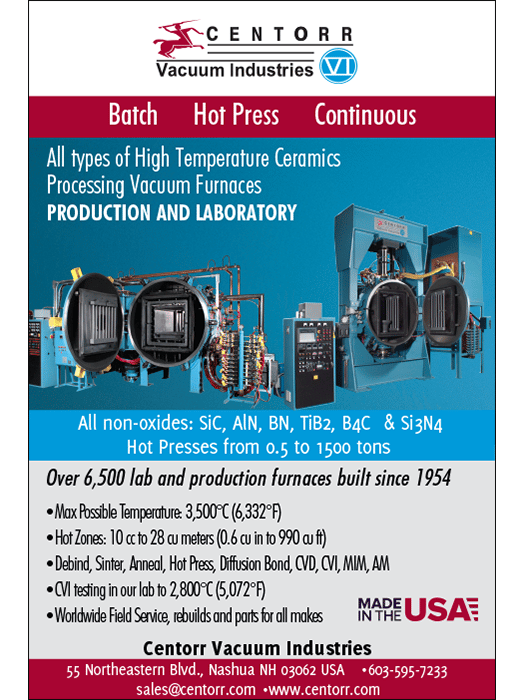business and market view
A regular column featuring excerpts from BCC Research reports on industry sectors involving the ceramic and glass industry.

Markets for advanced wound management technologies
By BCC Publishing Staff
The global market for advanced wound management products was valued at $10.7 billion in 2022 and is expected to grow at a compound annual growth rate (CAGR) of 6.2% to reach $15.3 billion by 2028.
It is estimated that nearly 50 million people suffer from hard-to-heal wounds globally. The incidence is expected to rise with ageing populations worldwide as well as the increasingly common occurrence of chronic conditions such as diabetes and obesity.
For hard-to-heal wounds, traditional wound care therapies such as bandages, gauze, and plasters are often not sufficient to produce adequate healing and comfort. Instead, advanced wound management products can help manage biofilm and bioburden to reduce rates of infection, inflammation, and wound chronicity, thus accelerating the wound healing process.
The global market for advanced wound management products is segmented into five categories (Table 1):
- Advanced nonbiological wound dressings cover the site of injury to provide protection from exogenous infection and maintain an optimal moist environment for healing. These dressings are made from both natural materials, such as alginate, and synthetic materials, such as hydrogels.
- Wound biologics/bioactives, also known as biological dressings, are wound care products produced from biomaterials. These products are known for their biocompatibility, biodegradability and nontoxic nature. They generally fall into two categories: skin grafts or substitutes and growth factor technologies.
- External wound healing devices use different mechanisms to activate the body’s normal regenerative processes to accelerate wound healing. Examples include negative pressure wound therapy, which applies continuous or intermittent subatmospheric pressure to the surface of a wound, and transcutaneous oxygen therapy, which encourages oxygen flow while not drying out the wound bed.
- Anti-adhesion products prevent tissue from forming between two surfaces inside the body following operation. Meanwhile, advanced debriding and cleansing agents are used to remove damaged tissue from wound beds by softening or loosening necrotic debris.
- Wound closure sealants and glues are used to close wounds. While sealants are typically made from absorbable materials designed to control internal bleeding, glues are usually nonabsorbable and used to seal topical wounds.
The largest suppliers for advanced wound management products are all headquartered in Europe or the U.S. However, increasing awareness of the benefits of advanced wound management technologies and proper wound care protocols is driving increased demand in other areas of the world, such as Asia-Pacific. But the high cost of advanced wound management products and insufficient reimbursement policies remain restraining factors in the market.
About the author
BCC Publishing Staff provides comprehensive analyses of global market sizing, forecasting, and industry intelligence, covering markets where advances in science and technology are improving the quality, standard, and sustainability of businesses, economies, and lives. Contact the staff at Helia.Jalili@bccresearch.com.
Resource
BCC Publishing Staff, “Markets for advanced wound management technologies,” BCC Research Report PHM011K, July 2023.
